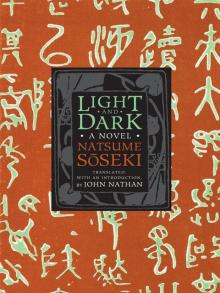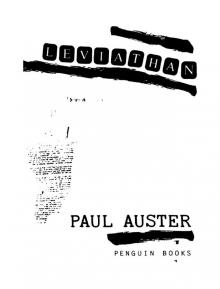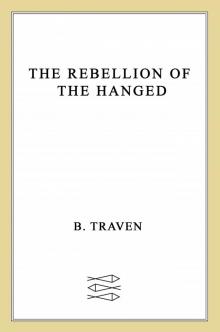Light and Darkness


Author: Sōseki Natsume
Category: Fiction
Published: a long time ago
Series:
View: 343
Read OnlinePublished in 1917, "Light and Dark" is unlike any of Natsume Soseki's previous works and unique in Japanese fiction of the period. What distinguishes the novel as "modern" is its remarkable representation of interiority. The protagonists, Tsuda Yoshio, thirty, and his wife O-Nobu, twenty-three, exhibit a gratifying complexity that qualifies them as some of the earliest examples of three-dimensional characters in Japanese fiction.
O-Nobu is quick-witted and cunning, a snob and narcissist no less than her husband, passionate, arrogant, spoiled, insecure, naive — yet, above all, gallant. Under Soseki's scrutiny, she emerges as a flesh-and-blood heroine with a palpable reality, dueling with her husband, his troublemaking friend, Kobayashi, and her sister-in-law, O-Hid?. Tsuda undertakes his own battles with Kobayashi, O-Hid? and the manipulative Madam Yoshikawa, his boss's wife. These exchanges explode into moments of intense jealousy, rancor, and recrimination that will surprise English-speaking readers who expect indirectness, delicacy, and reticence in Japanese relations. Echoing the work of Jane Austen and Henry James, Soseki's novel achieves maximal drama with minimal action and symbolizes a tectonic shift in literary form.
O-Nobu is quick-witted and cunning, a snob and narcissist no less than her husband, passionate, arrogant, spoiled, insecure, naive — yet, above all, gallant. Under Soseki's scrutiny, she emerges as a flesh-and-blood heroine with a palpable reality, dueling with her husband, his troublemaking friend, Kobayashi, and her sister-in-law, O-Hid?. Tsuda undertakes his own battles with Kobayashi, O-Hid? and the manipulative Madam Yoshikawa, his boss's wife. These exchanges explode into moments of intense jealousy, rancor, and recrimination that will surprise English-speaking readers who expect indirectness, delicacy, and reticence in Japanese relations. Echoing the work of Jane Austen and Henry James, Soseki's novel achieves maximal drama with minimal action and symbolizes a tectonic shift in literary form.
 Leviathan
Leviathan Submitting to the Shadow (Kindred Tales)
Submitting to the Shadow (Kindred Tales) Utterly Wrecked: DreamCatcher MC
Utterly Wrecked: DreamCatcher MC Sherman Zahd
Sherman Zahd Send Him Victorious: Book 1
Send Him Victorious: Book 1 The Rebellion of the Hanged
The Rebellion of the Hanged The Egoist
The Egoist Silent Vows (MacCoinnich Time Travel Trilogy 2)
Silent Vows (MacCoinnich Time Travel Trilogy 2)